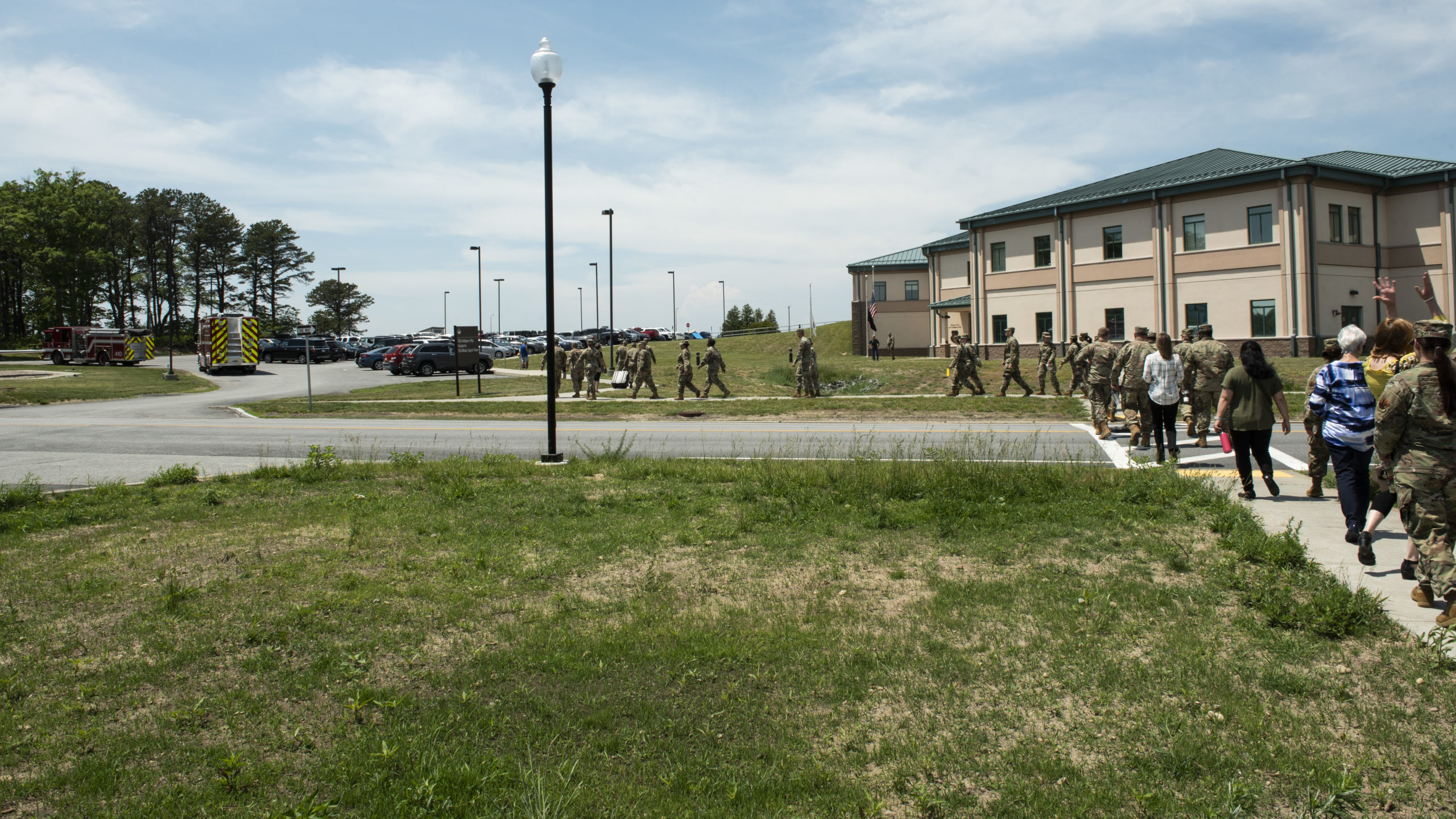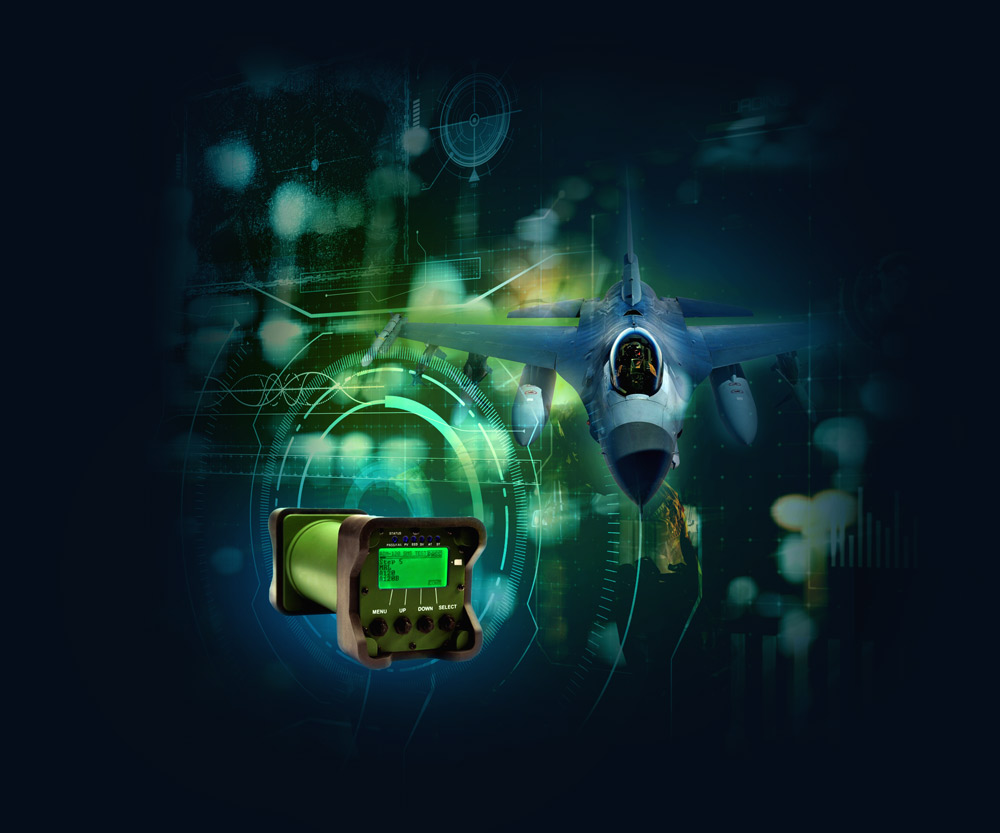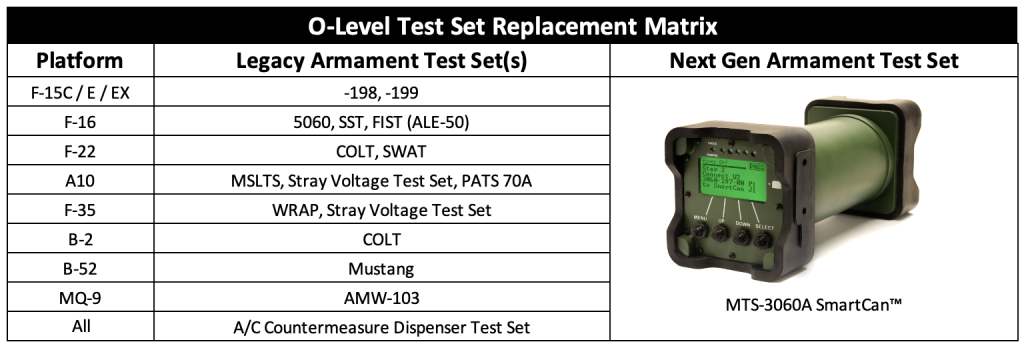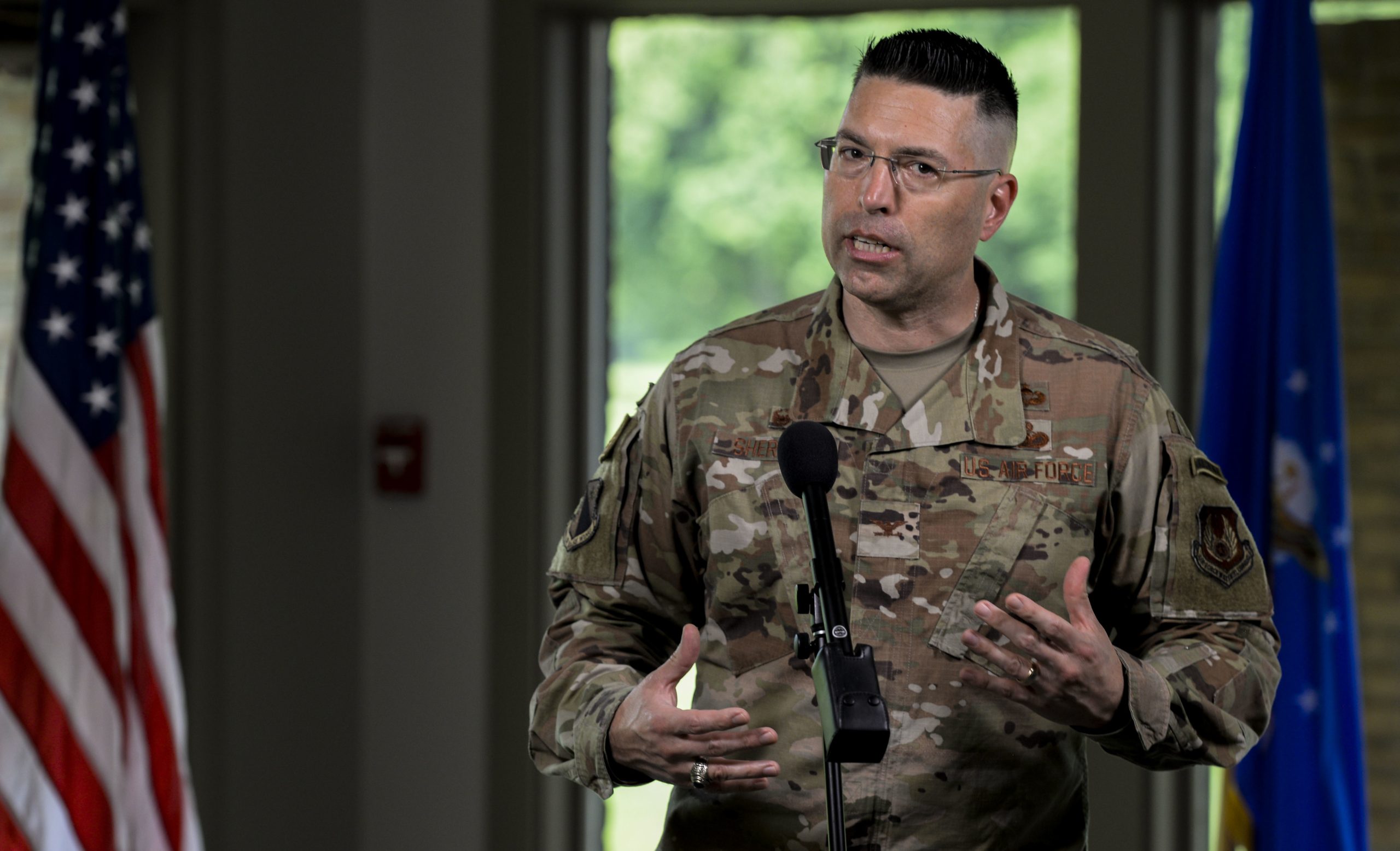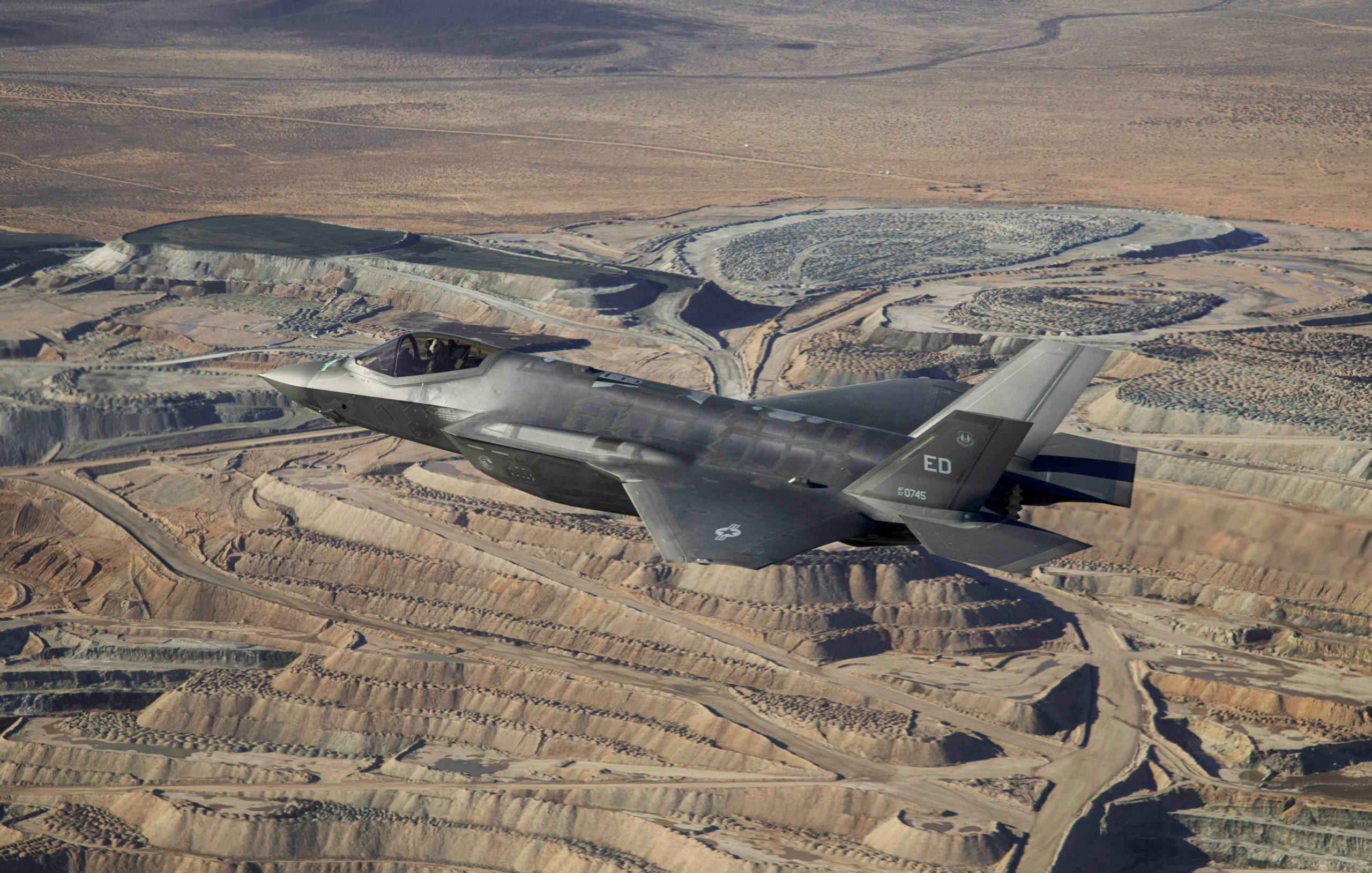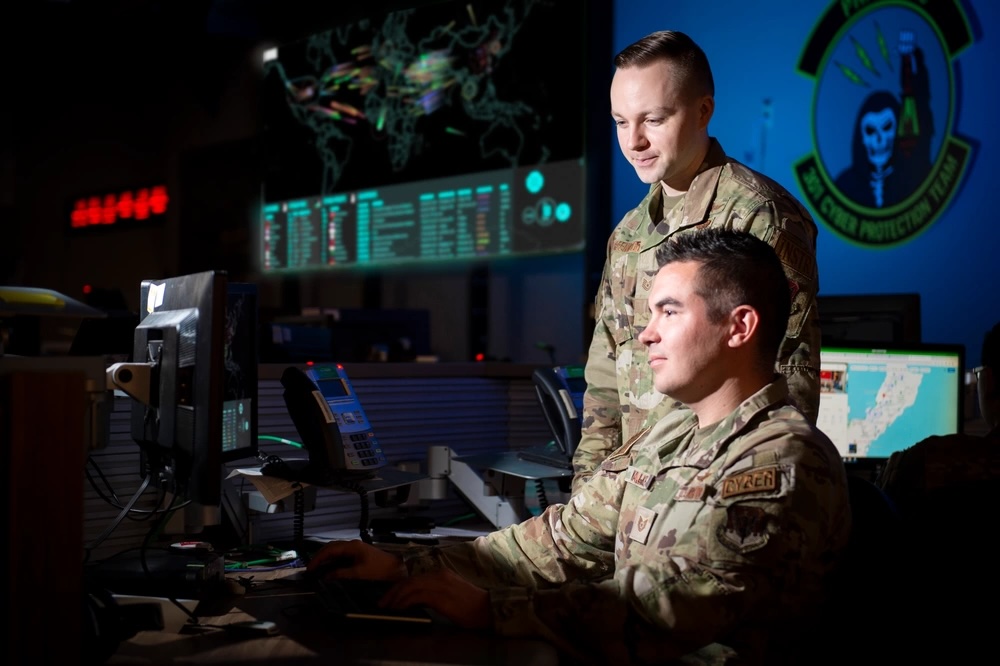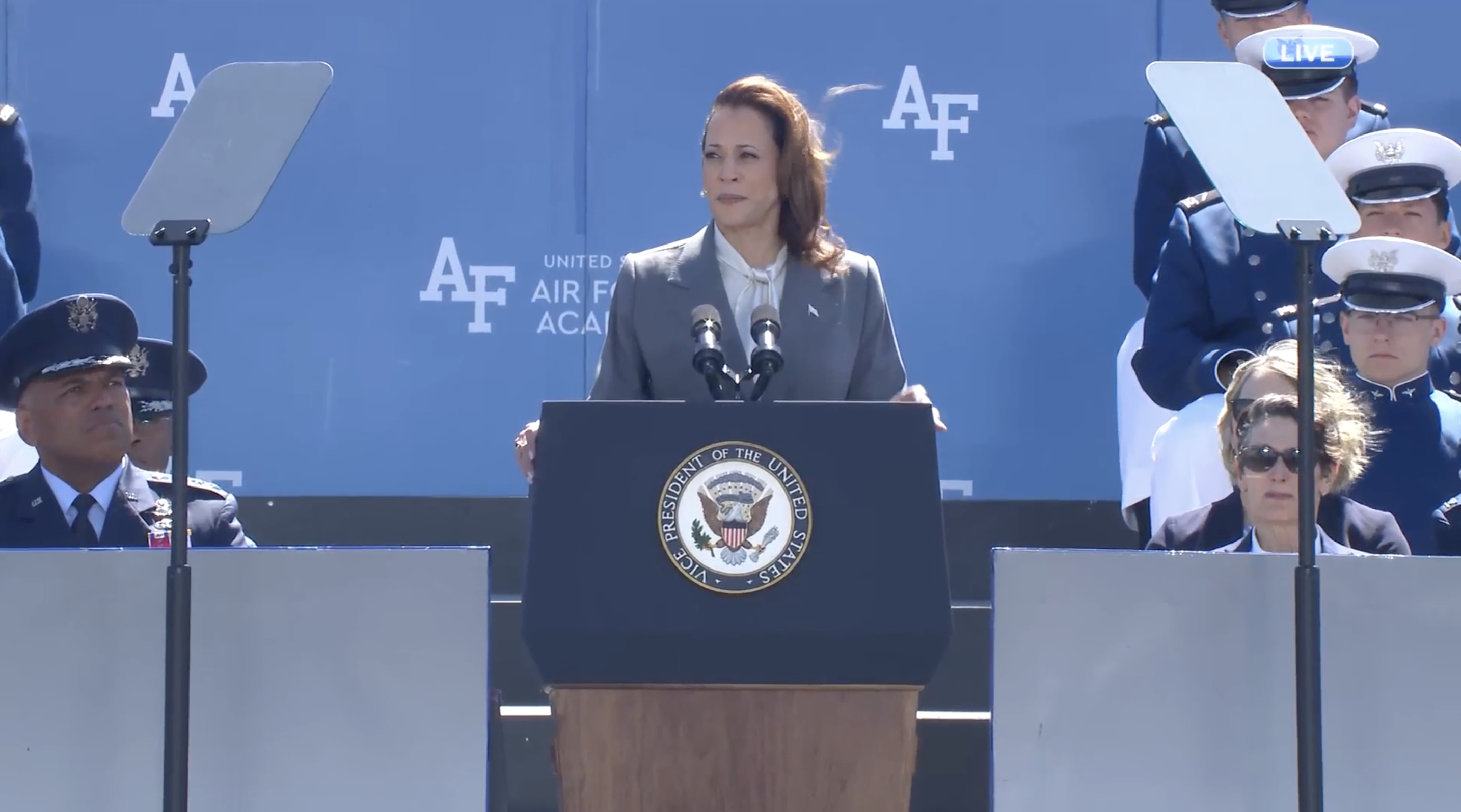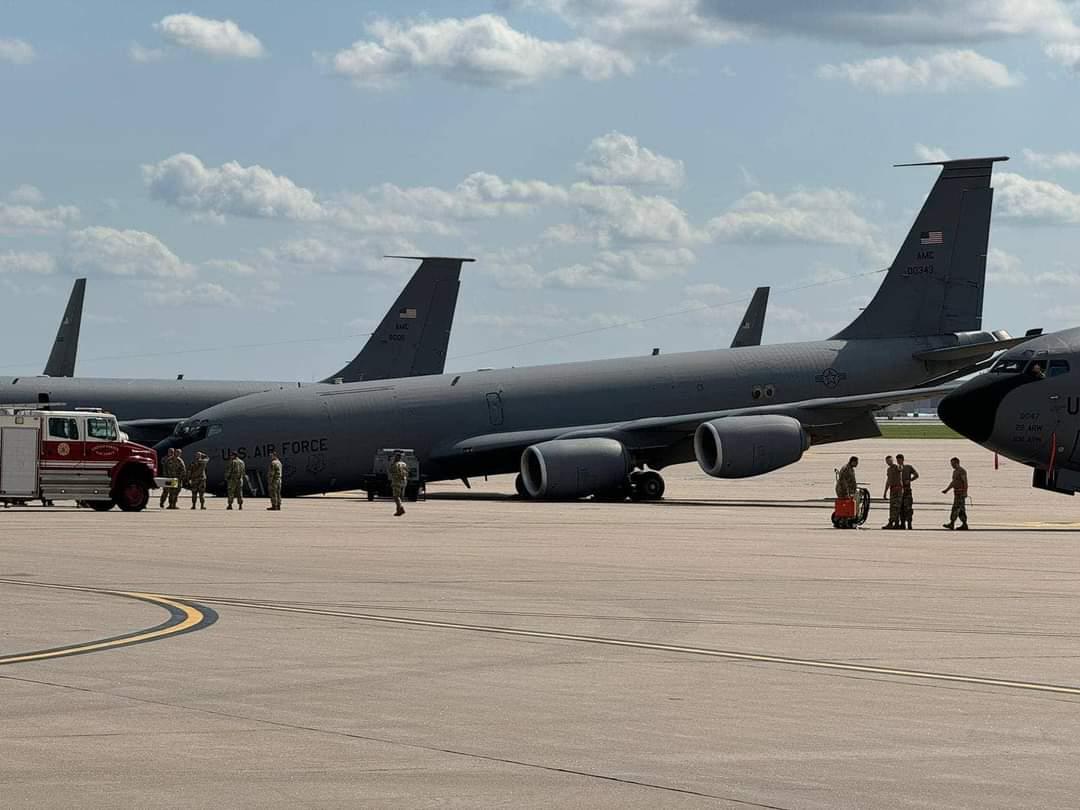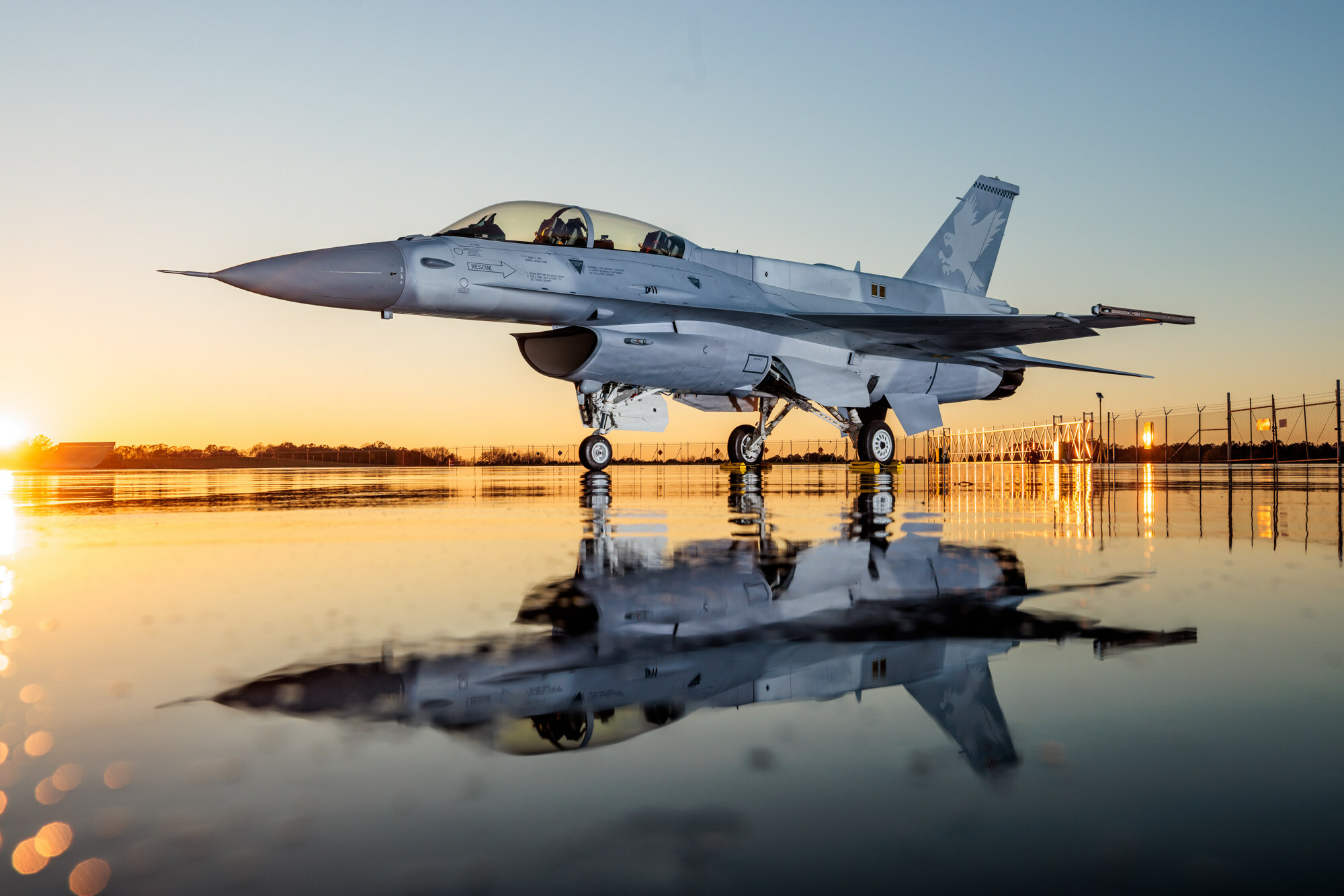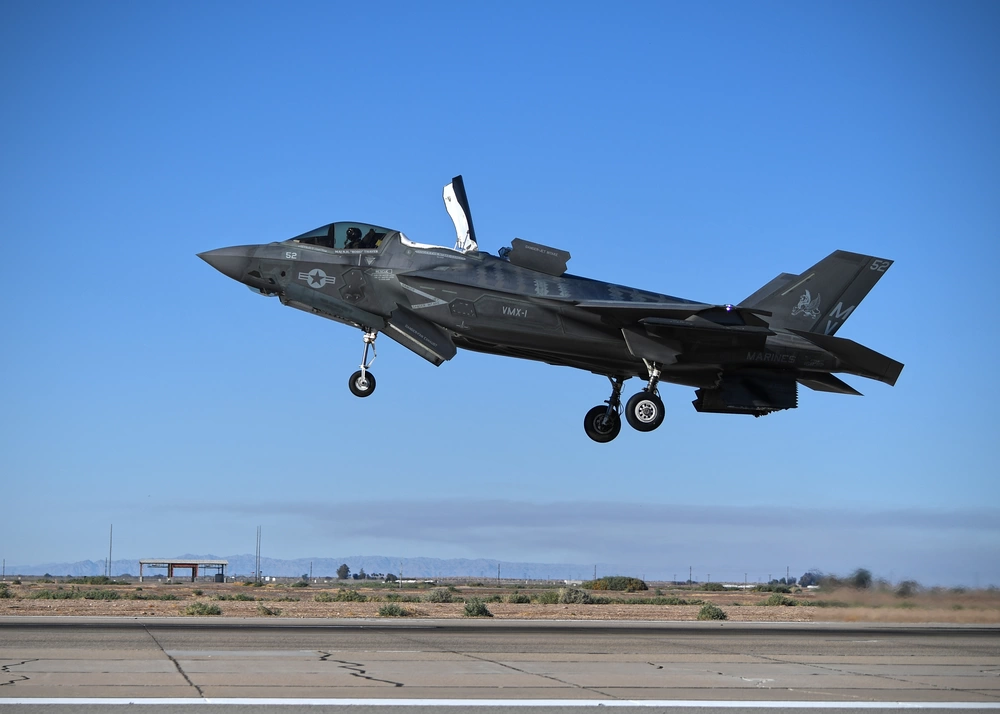A Massachusetts Air National Guard unit has been cleared to resume its mission, more than a year after it was suspended when the FBI launched an investigation of Airman 1st Class Jack Teixeira for leaking a massive trove of classified documents.
“The 102nd Intelligence, Surveillance, and Reconnaissance Group (ISRG) will resume its intelligence mission in support of Distributed Ground Station-Massachusetts on June 1, 2024, following approval by the commander of Air Combat Command,” Air Force spokesperson Ann Stefanek said in a statement.
“The unauthorized disclosure resulted from a failure in integrity of one person and is not reflective of the reliable, patriotic men and women of the 102nd Intelligence Wing,” the Massachusetts National Guard said in a May 31 release shared with Air & Space Forces Magazine.
In March this year, Teixeira pleaded guilty to six counts of willful retention and transmission of national defense information.
Air Force leaders first sidelined Teixeira’s former unit in April 2023, days after he was arrested for sharing information on Ukraine, the Indo-Pacific, and the Middle East, along with other sensitive subjects, on the online platform Discord. The Pentagon and Air Force each launched a broad review on the handling of confidential files following Teixeira’s arrest.
In December, the Air Force initiated disciplinary and other administrative actions against 15 Airmen following a report from the service’s Inspector General’s office that determined Teixeira had acted alone in obtaining classified information and sharing it in online chat rooms, but that his actions were enabled by a “lack of supervision.”
In connection with the scandal, the commander of the 102nd Intelligence Support Squadron and an administrative commander at Otis Air National Guard Base were suspended last year. The unit will have two new leaders replacing them, but the 102nd Intelligence Wing did not immediately respond to an Air & Space Forces Magazine request to identify their names.
“Previously suspended commanders from the 102nd Intelligence Support Squadron and the detachment overseeing administrative support for Airmen at the unit … were permanently removed,” Stefanek told Air & Space Forces Magazine.
“The 102nd Intelligence Wing accepted the Inspector General’s findings and implemented changes as required to ensure an unauthorized disclosure of classified information does not happen again,” the Massachusetts National Guard’s release states. “With the knowledge gained from this challenging experience, we welcomed the opportunity to help identify problems with Air Force processes that could jeopardize the safe handling of classified information in both the active duty and reserve components.”
In addition to the Inspector General report, the wing also implemented a new organizational structure “to enhance oversight of ISRG operations,” Stefanek said. Air Combat Command led the recertification process, with inspection teams evaluating sampling security procedures and culture across the wing.
The 102nd ISR Group assesses enemy activities and gathers and analyzes information for military operations and national security. The Department of Justice investigation unveiled that Teixeira had shared highly classified materials including maps, satellite images, and intelligence on U.S. allies.
This is not the first time the Air Force has stripped an entire unit of a mission. In October 2007, after personnel from the 5th Bomb Wing at Minot Air Force Base, N.D., mistakenly loaded live nuclear weapons onto a B-52 bomber, the wing was decertified from performing nuclear missions. It did not regain that certification until March 2008.
